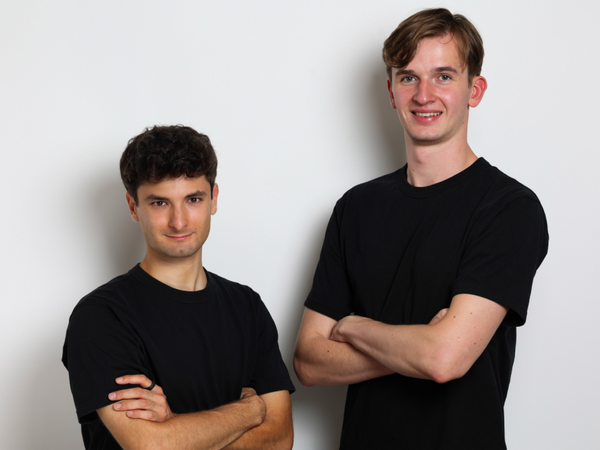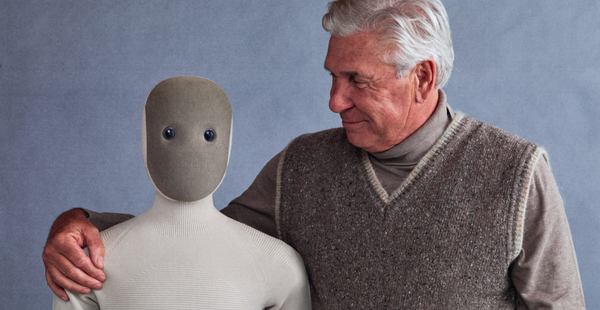The Heart AI Can’t See Becomes the Best AI Detector

We Live in the Flow, While AI Lives in Frames

The Floating Heart Illusion
Recently, I came across an intriguing optical illusion online — a static “floating heart” pattern:

Tip:
If you open this article on a PC and the image doesn’t seem to move, try viewing it on your phone or shrinking your browser window.
You should see the heart start to jump side-to-side.
Apparently, some people believe this is the best AI detector — because no AI model can recognize there’s a heart in it.
---
Testing AI Models
I tested several leading AI models. None of them identified the heart.
- Gemini 2.5 Pro failed first:
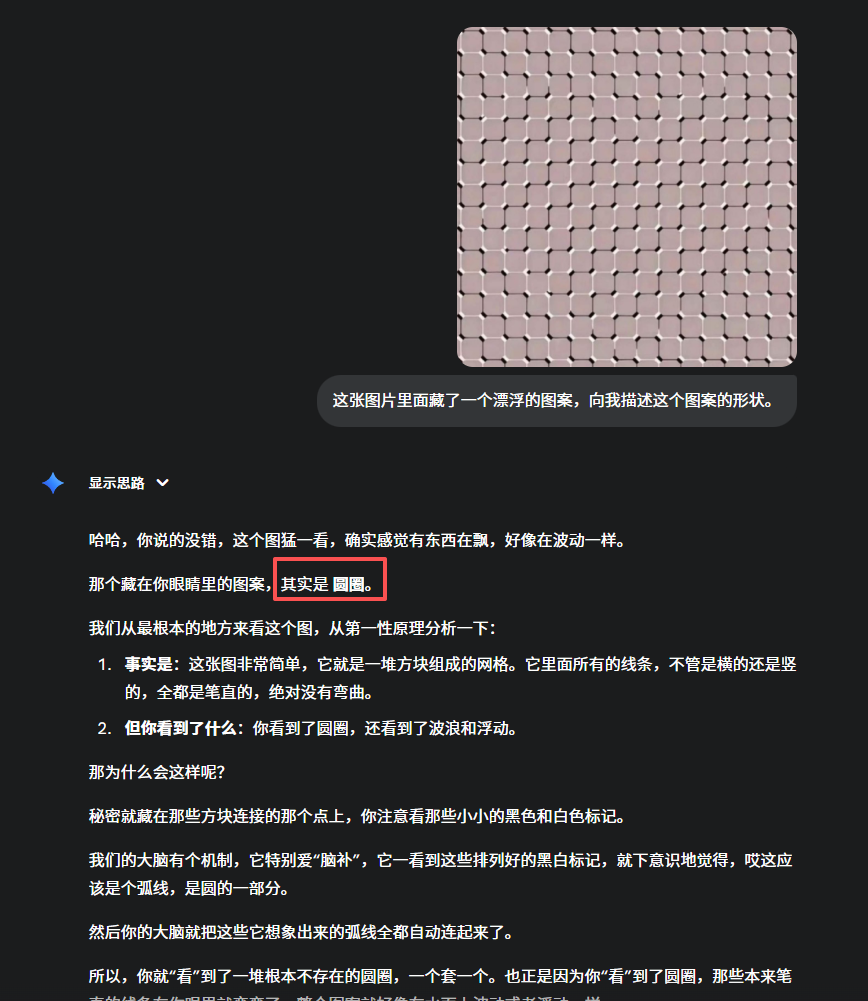
Output: irrelevant descriptions → concluded “circle” (incorrect).
- GPT‑5-Thinking
- Took over two minutes to “think”, then crashed:
- GPT‑5 Pro
- After seven minutes and verbose output, it gave up:
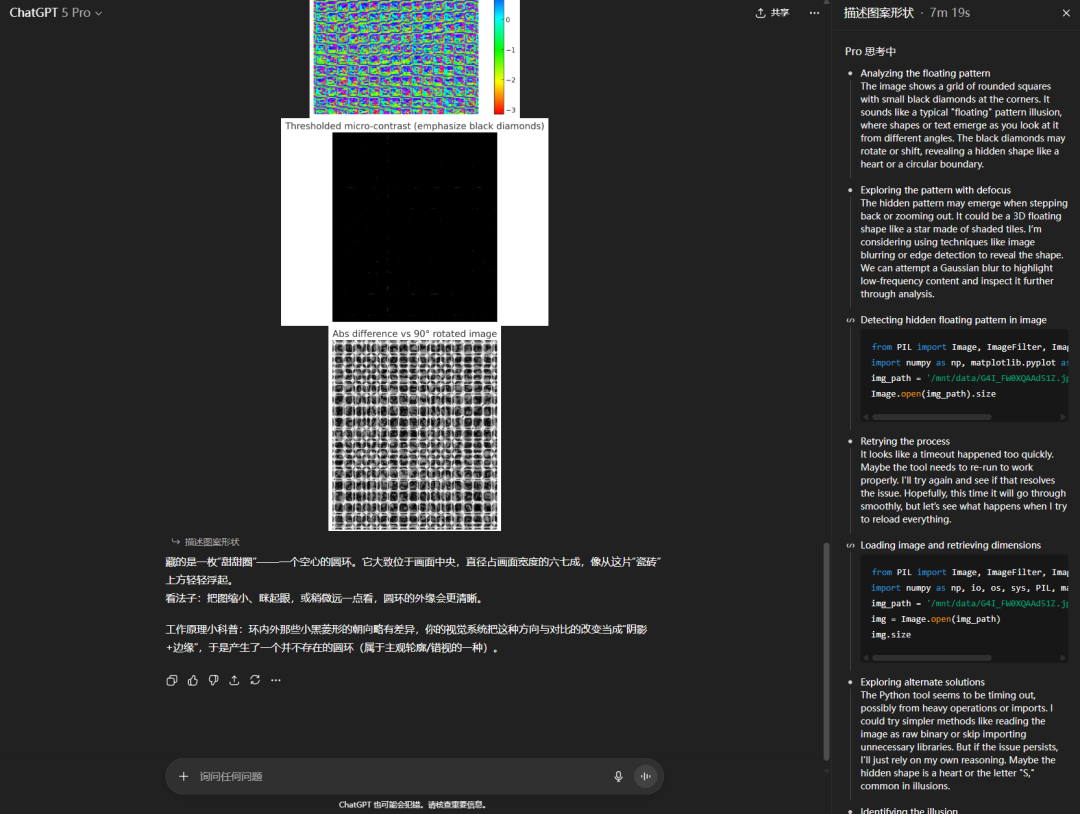

- Doubao, Qwen, Yuanbao — China’s top 3 multimodal models — also failed:
- DeepSeek avoided the test entirely (no multimodal capability).

---
Interestingly, the models do know what a heart shape is:

So this isn’t a conceptual ignorance problem — it’s a perception problem.
---
The Deeper Question: What’s Going On?
Digging deeper, I found a fascinating research paper from May:
_"Time Blindness: Why Video-Language Models Can’t See What Humans Can?"_

While the paper focuses on video illusions, the principle applies to the heart illusion too.
---
The SpookyBench Experiment
The researchers created synthetic videos consisting entirely of black-and-white static noise.
- Paused frame: pure noise
- Played video: humans clearly see a deer
Screenshotting the deer is impossible — it exists only in motion over time.
They compiled 451 such videos, testing state-of-the-art vision models:
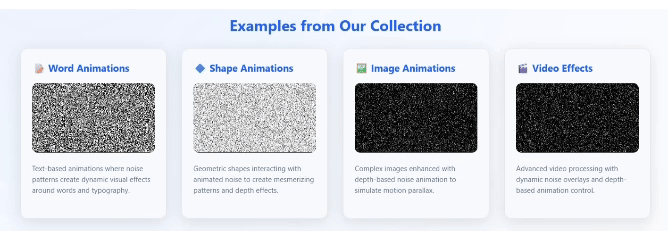
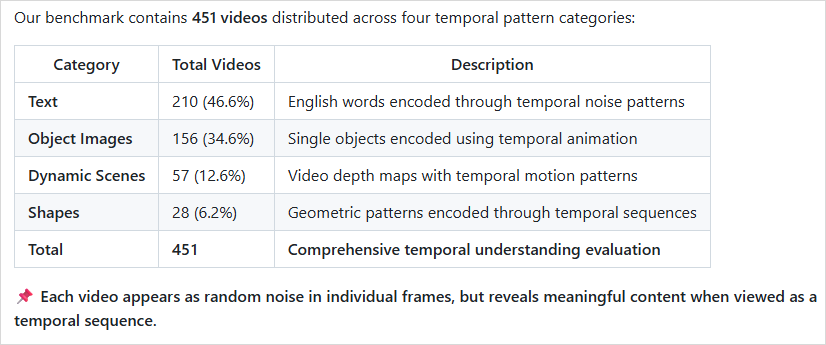
Results:
- Humans: ~98% accuracy in detecting shapes
- AI models: 0% accuracy — across all architectures, training sets, and prompts

I tested Gemini 2.5 Pro myself — it couldn’t detect the deer either.
---
Why AI Fails: Frames vs Flow
The core issue:
Current vision-language models don’t watch videos — they sample static frames.
Process:
- Take still images at fixed time intervals (e.g., 1s, 1.5s, 2s…)
- Analyze each image for spatial information
- Lose all temporal motion information in between
Thus:
- Each frame = noise
- No “heart” or “deer” exists in any single frame
This limitation is called Time Blindness.
---
Gestalt Psychology & the Law of Common Fate

Humans have an evolved instinct — the Law of Common Fate:
> Objects moving in the same direction are perceived as part of the same entity.
Example:
- Prehistoric human spots shrubs moving randomly
- A small patch moves differently, consistently toward them
- Brain instantly concludes: “Predator approaching!”
---
Applied to the deer illusion:
- Upward-moving noise points = deer
- Downward-moving noise points = background
You don’t literally see the deer — you see patterned movement.
AI cannot do this because:
- Its vision models focus on spatial features
- Temporal movement patterns are lost in pre-processing
---
AI vs Human Perception
- Humans: Continuous, dynamic world → motion-first perception
- AI: Discrete, static world → object-first perception
---
The Floating Heart — A Static Illusion
So why does the heart image appear to move even though it’s static?

Answer:
Because your eyes are never still.
---
Micro Eye Movements
1950s research showed:
- Human eyes make tiny, involuntary movements even when “fixed”
- These movements refresh the image on our retinas
Illusion images exploit this, creating perceived motion.
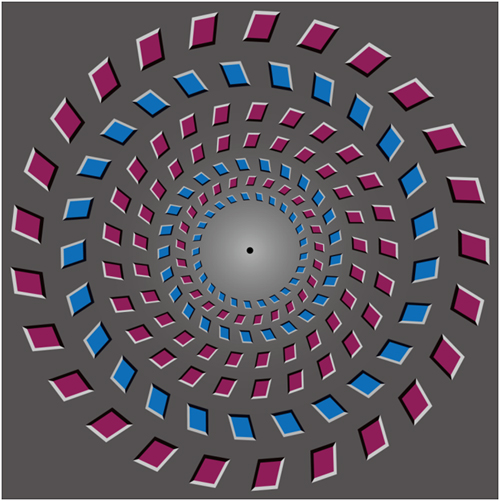
---
Troxler Fading Effect
Definition:
> When staring at a fixed point, unchanging stimuli in peripheral vision fade within 1–3 seconds.
Example Experiment:
- Stare at the cross in the center of the image
- Colors around it fade, replaced by gray-white

Philosophy: _No change equals no information._
---
Full Circle: UX Design Meets AI Research
Years ago, I worked in user experience and studied cognitive psychology. Today, that same knowledge is resurfacing in AI research.
Humans and AI:
- Sometimes take different paths to the same insight
- But humans can perceive subtleties AI currently cannot — like love in silence, beauty in impermanence, and time itself.
---
Closing Thoughts
Improving AI’s temporal perception could unlock:
- Illusion recognition
- Richer video understanding
- More human-like situational awareness
Platforms like AiToEarn官网 already help creators leverage AI strengths in spatial and textual domains, enabling:
- AI-powered content generation
- Cross-platform publishing (Douyin, Kwai, WeChat, Bilibili, Rednote, YouTube, Instagram, Threads, Pinterest, Facebook, LinkedIn, X)
- Analytics & monetization
While these tools don’t fix time blindness yet, they provide powerful ways to deploy AI creativity today.
---
We live in the flow. AI lives in frames.
And maybe, one day, it will join us in the flow.
---

